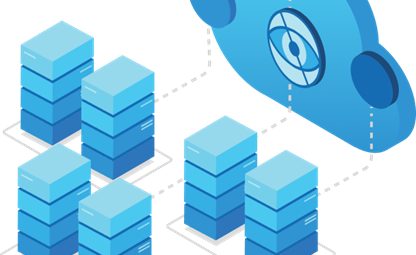08 Sep 2021
Solve your toughest business problems with analytics and machine learning

Today, AI and machine learning are enabling data-driven organizations to accelerate their journey to insights and decisions. With all the latest advancements, AI is no longer limited to only those with deep expertise or a cache of data scientists, and many organizations can now adopt AI and machine learning for better competitive advantage. Customers with analytics practices looking to adopt machine learning can read this report, Aboard The Analytics Train? Machine Learning's Your Next Stop, to get started. The report contains a maturity model as well as customer examples to help accelerate your journey with AI.
Machine learning has many applications across a broad set of industries and scenarios. Using machine learning in addition to traditional analytics, organizations can, for example, predict their sales forecast, identify their next new revenue growth opportunity, gain insights on their most profitable products, and more, resulting in a far greater return on investment (ROI).
What's inside - ABOARD THE ANALYTICS TRAIN?
MACHINE LEARNING’S YOUR NEXT STOP
Think AI is out of reach? It turns out that your accomplishments on the conventional analytics side put you well on your way to robust machine learning (ML) success. In this paper, we explore the approach of augmenting classic analytics with ML and outline a maturity model for getting there. We also highlight case studies of enterprise customers who have realized huge benefits from adding ML to their analytics competency.
The architecture of this solution includes major Azure components such as Azure ML, Azure Kubernetes Service, Azure Databricks, Azure Synapse Analytics and Azure Data Explorer. A high-level architecture overview of the solution is below:

A MATURITY MODEL FOR ADOPTING ML
Organizations should avoid the mistake of going all-in on a “big bang” approach to institutionalizing and operationalizing an ML culture, and should instead take on their ML rollout in bite-sized chunks that allow them to get traction quickly. Specifically, the most prudent approach involves gradually progressing through a set of maturity levels. We outline in the diagram below the five maturity levels most organizations need to move through in order to achieve a continuously improving ML culture.

Read More by - Sonal Pardeshi Senior Product Marketing Manager, Machine Learning
Solve your toughest business problems with analytics and machine learning | Azure blog and updates | Microsoft Azure


